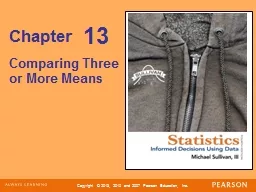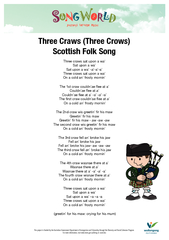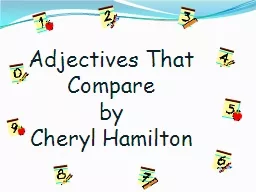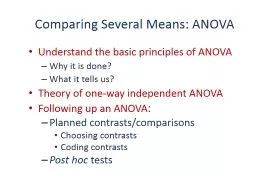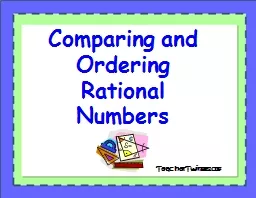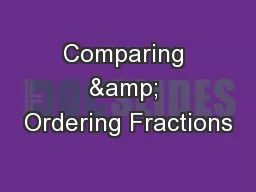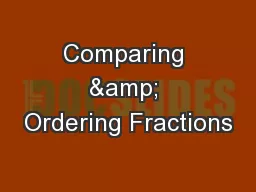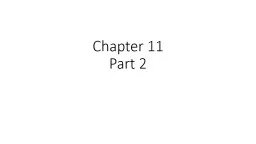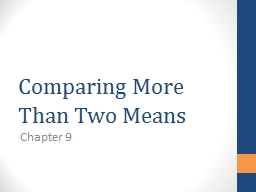PPT-Chapter Comparing Three or More Means
Author : giovanna-bartolotta | Published Date : 2018-03-20
13 Section Comparing Three or More Means OneWay Analysis of Variance 131 Objectives Verify the requirements to perform a oneway ANOVA Test a hypothesis regarding
Presentation Embed Code
Download Presentation
Download Presentation The PPT/PDF document "Chapter Comparing Three or More Means" is the property of its rightful owner. Permission is granted to download and print the materials on this website for personal, non-commercial use only, and to display it on your personal computer provided you do not modify the materials and that you retain all copyright notices contained in the materials. By downloading content from our website, you accept the terms of this agreement.
Chapter Comparing Three or More Means: Transcript
Download Rules Of Document
"Chapter Comparing Three or More Means"The content belongs to its owner. You may download and print it for personal use, without modification, and keep all copyright notices. By downloading, you agree to these terms.
Related Documents

